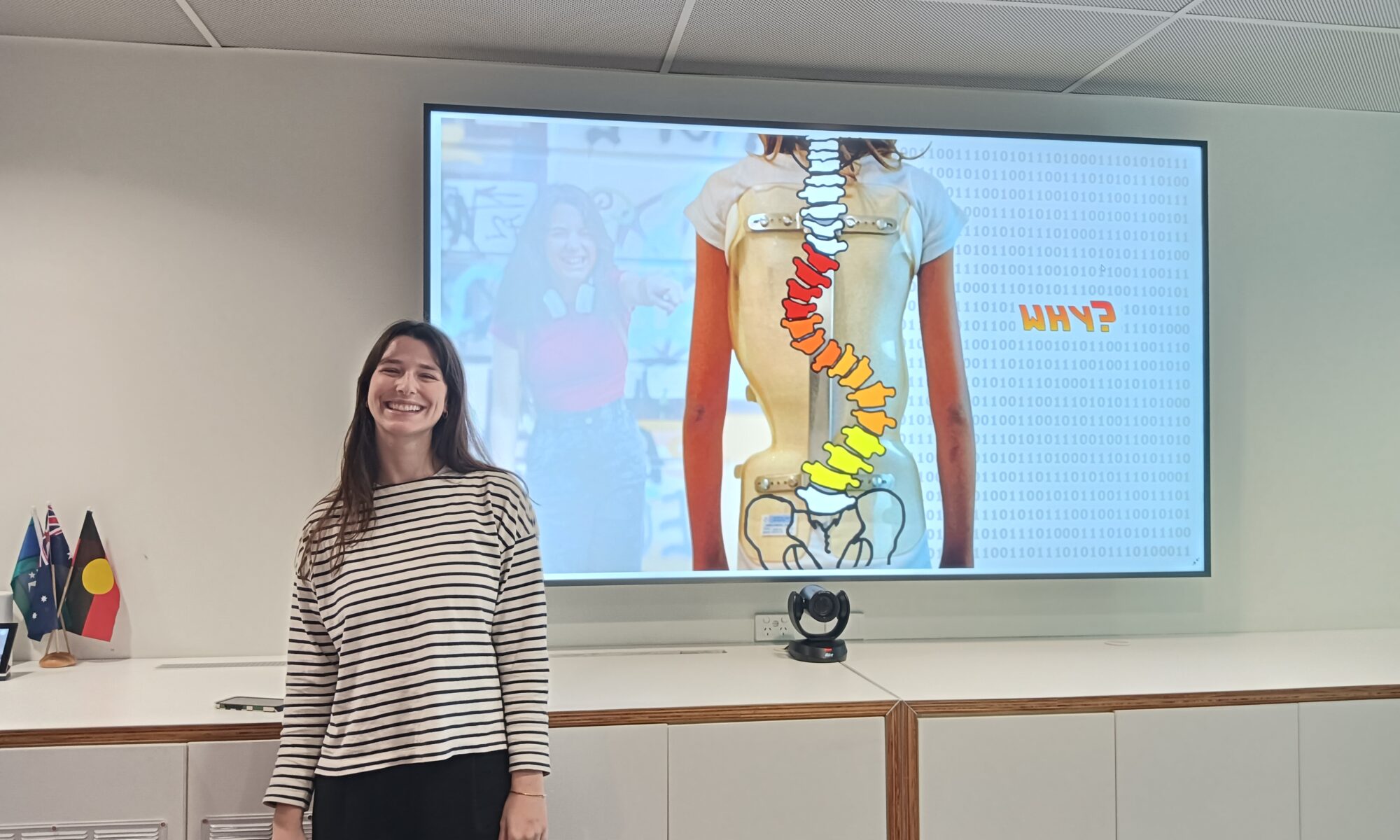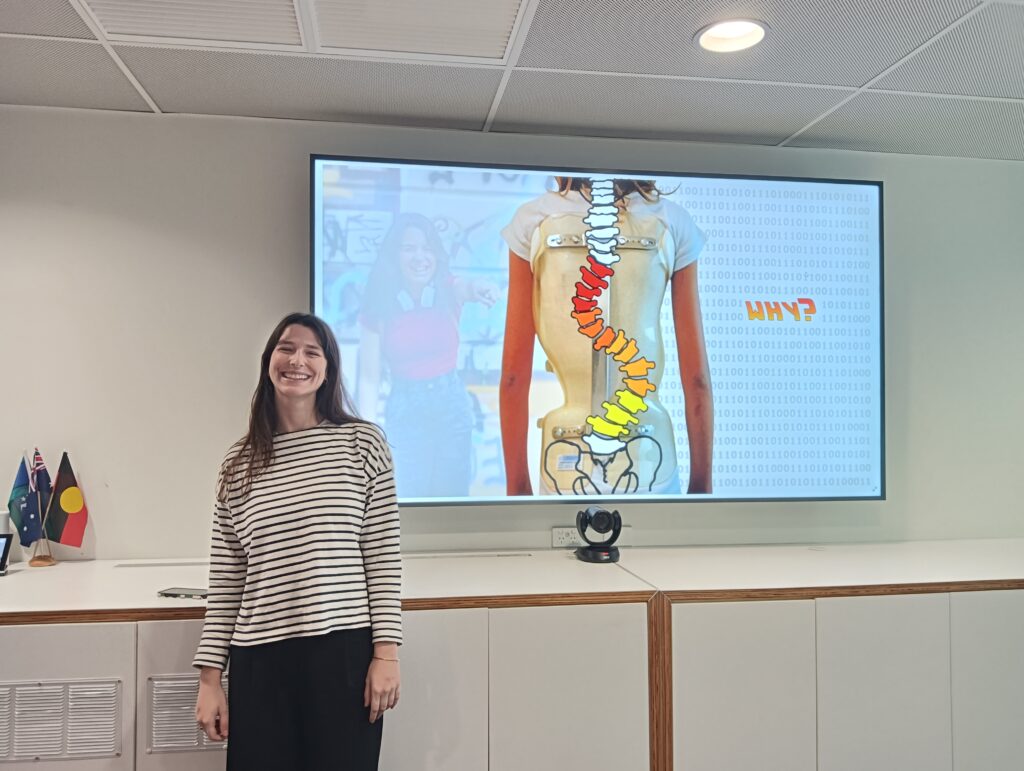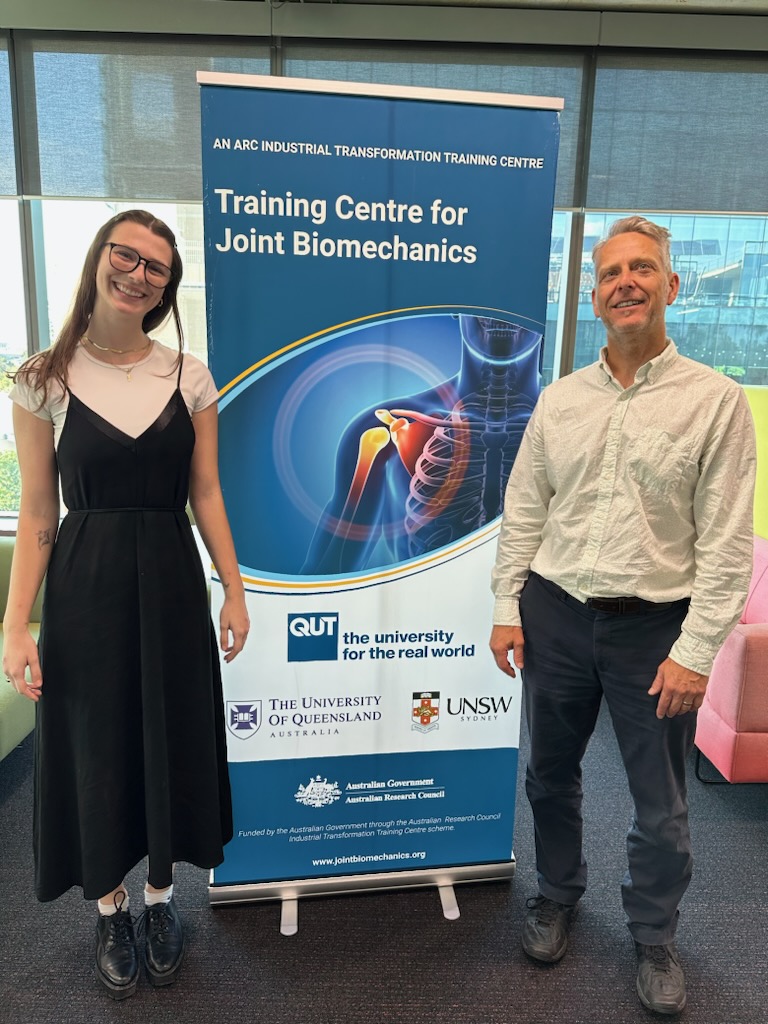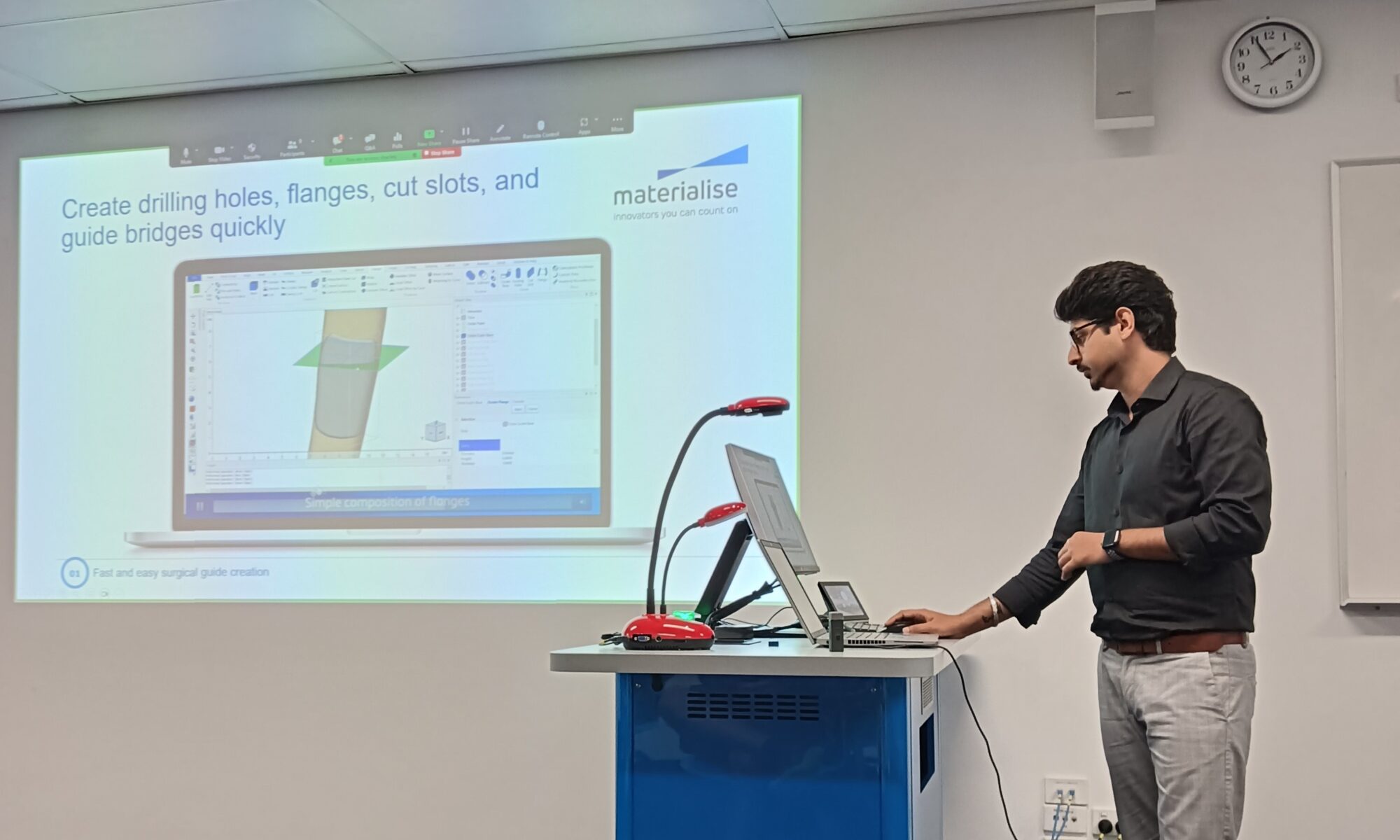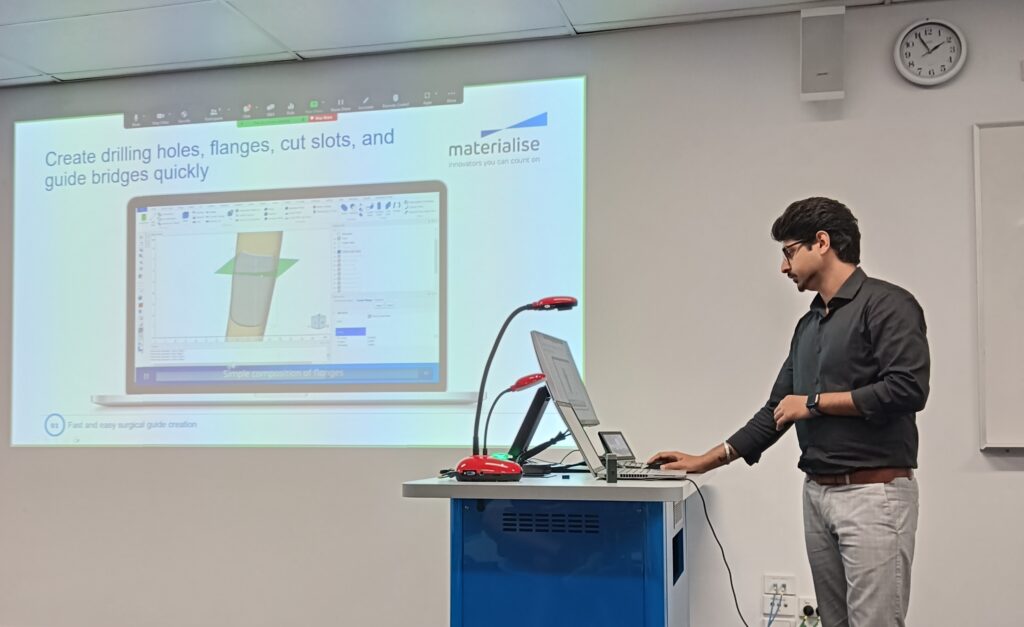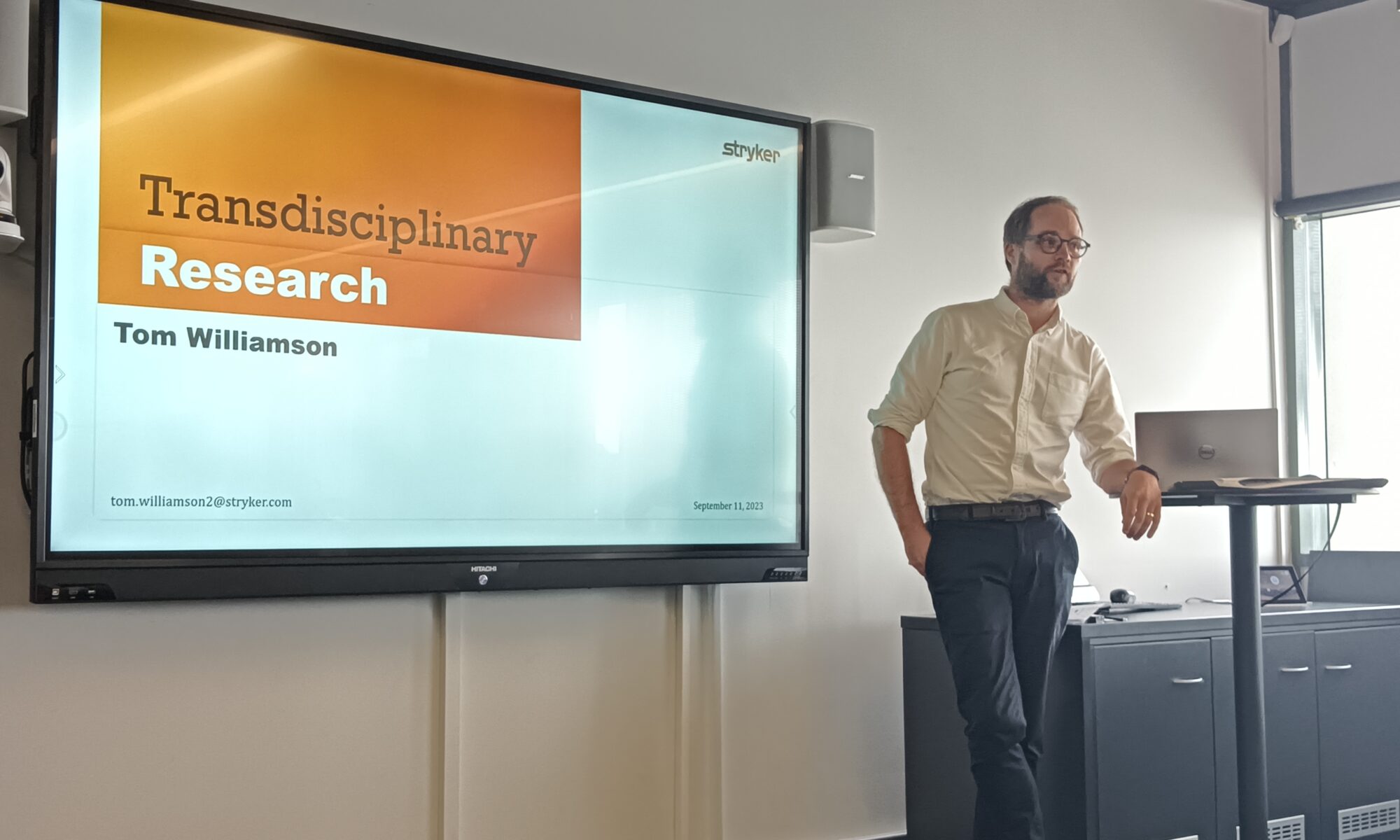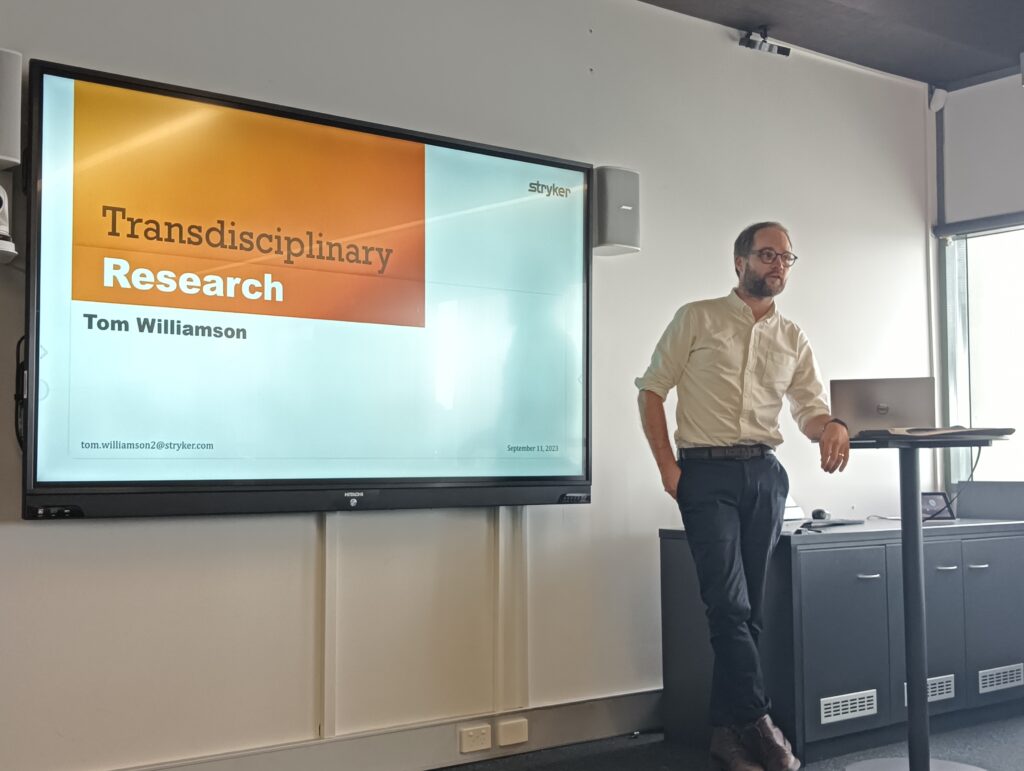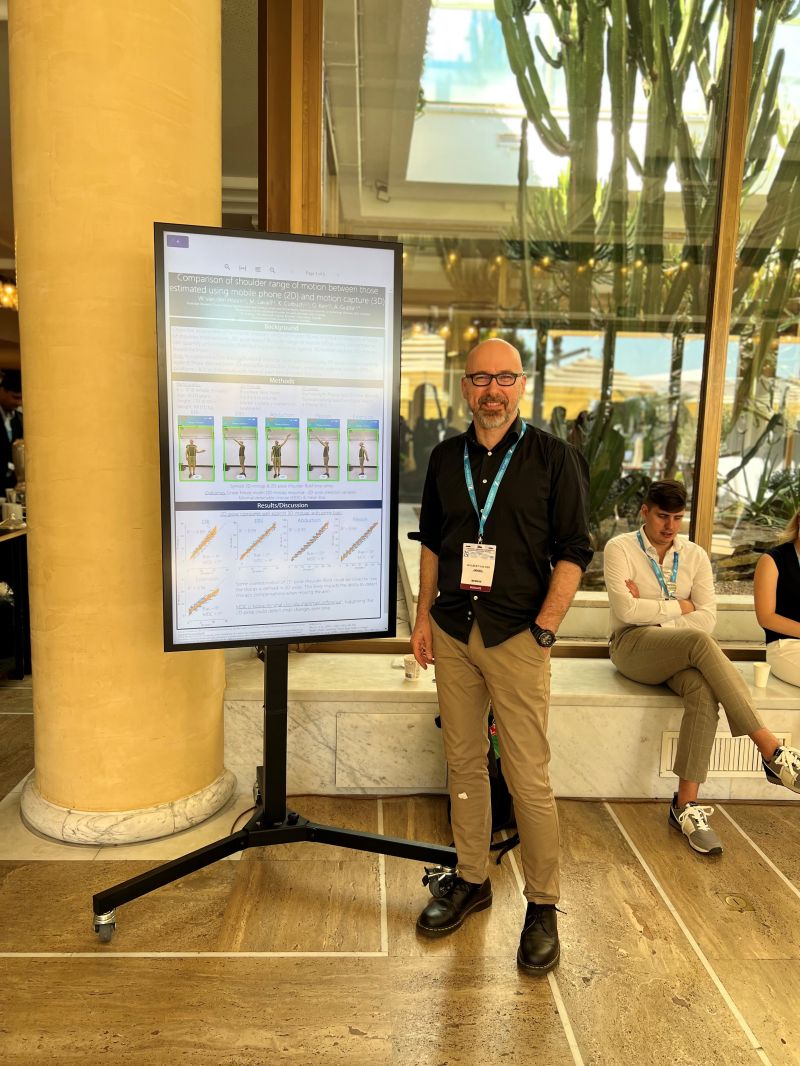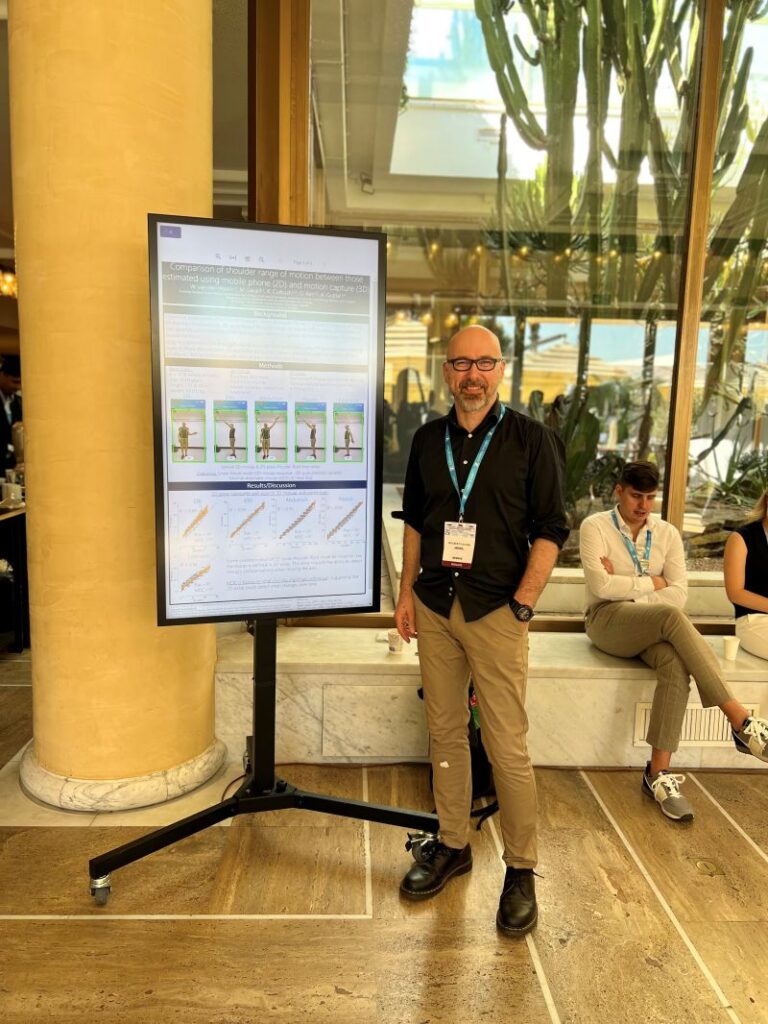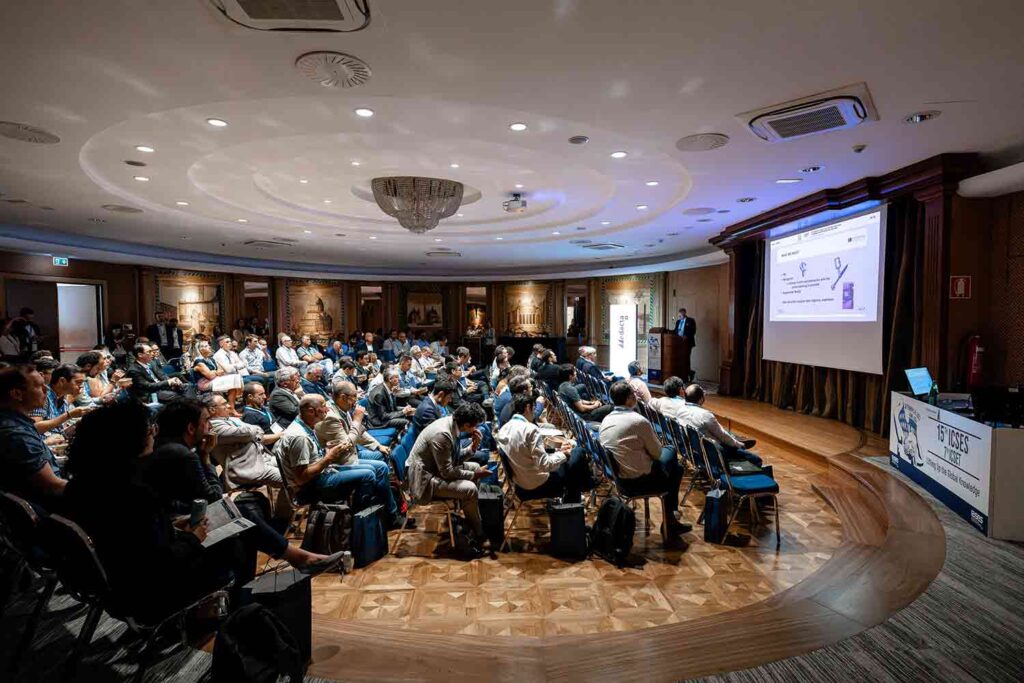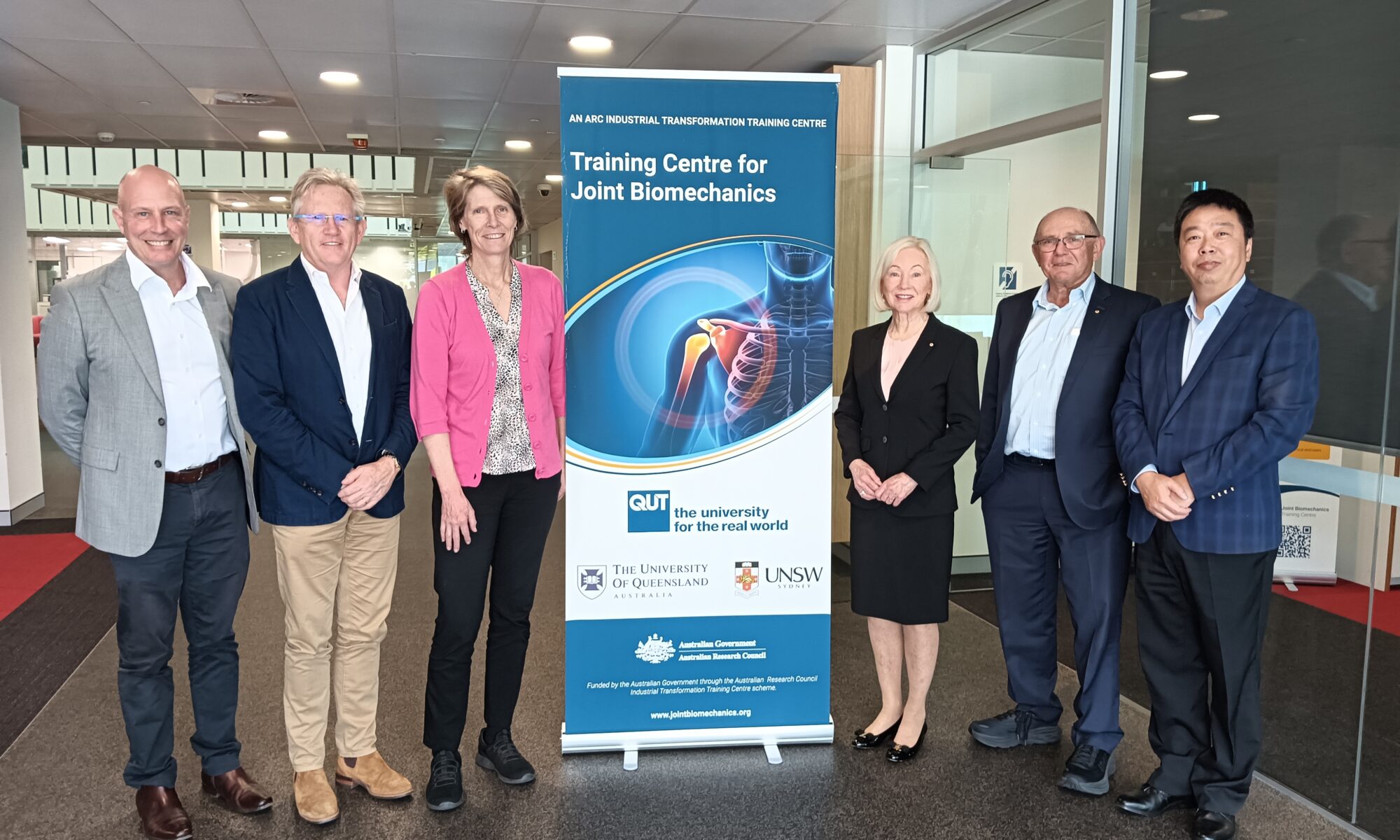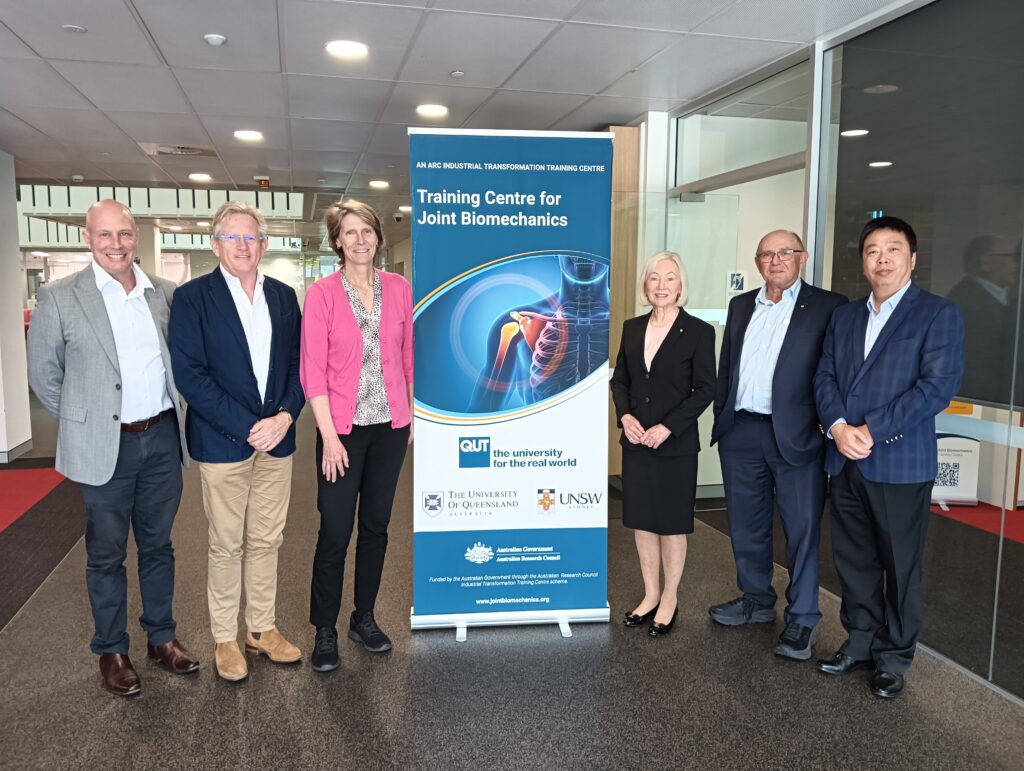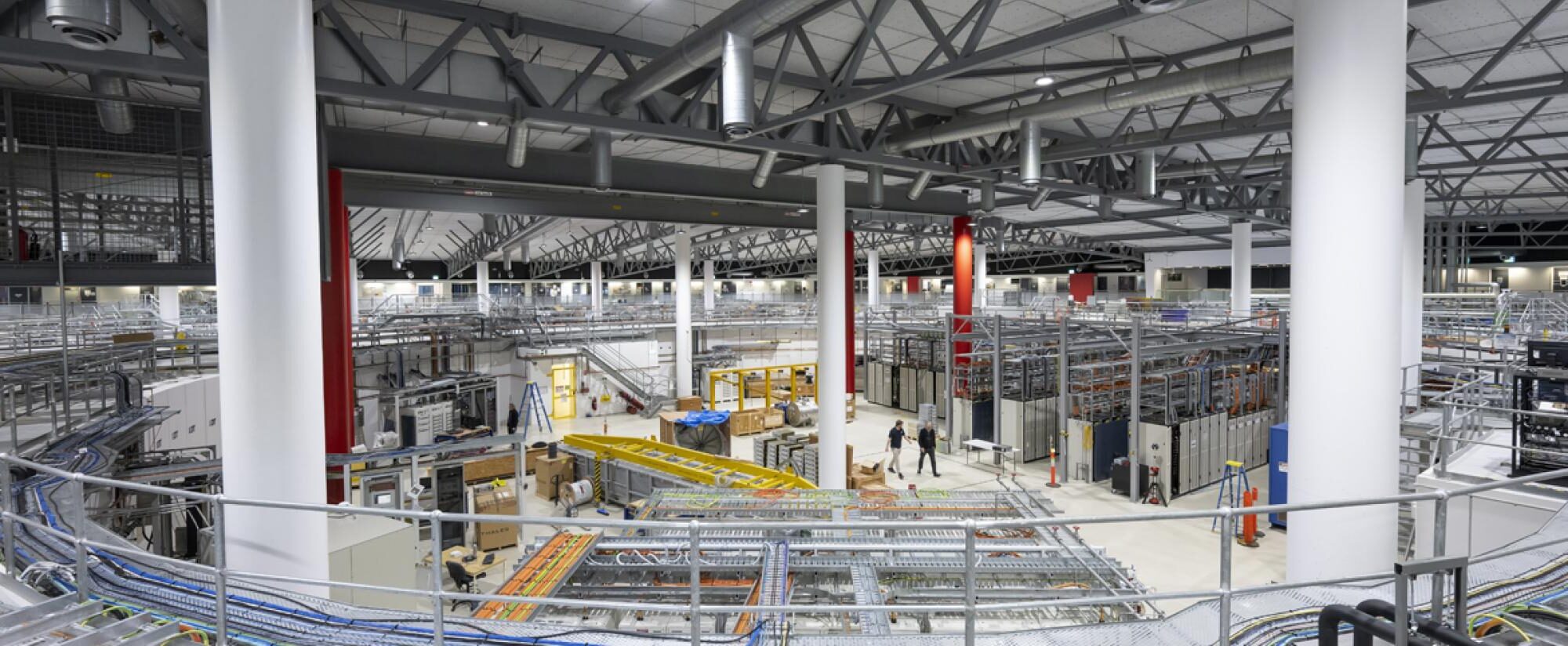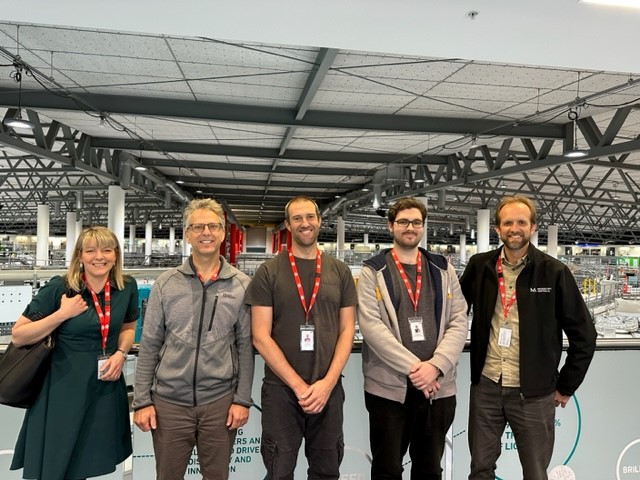We are thrilled to announce the remarkable achievement of Centre Director Prof. Yuantong Gu and Postdoc Dr. Laith Alzubaidi at the ARC Training Centre for Joint Biomechanics, who have been ranked in the top 2% of scientists globally by Stanford University for 2022. This recognition not only underscores their individual contributions but also highlights the center’s commitment to research excellence and the exceptional quality of work being produced.
The ARC Training Centre for Joint Biomechanics has long been at the forefront of cutting-edge research, and this recent accolade further solidifies its standing in the academic community. The centre has been actively involved in advancing knowledge across various disciplines, including Applied Mathematics, Nanoscience, Artificial Intelligence & Image Processing, and Information & Communication Technologies.
In a recent journal excerpt discussing citation metrics, the importance of standardized information on citations, h-index, and other indicators is emphasized. The Training Center for Joint Biomechanics has contributed significantly to the scientific community by creating a publicly available database of top-cited scientists. This database provides crucial insights into the impact of research outputs, including co-authorship-adjusted metrics and a composite indicator (c-score).
Moreover, the centre has been a pioneer in joint biomechanics and deep learning algorithms for medical image analysis. Dr. Laith Alzubaidi, a Postdoc at the center specializing in Artificial Intelligence & Image Processing and Information & Communication Technologies, has been instrumental in advancing these research areas. His work at the intersection of deep learning and medical image analysis has showcased the potential for transformative applications in healthcare.
At the core of the centre’s research philosophy is a commitment to excellence, and this recognition by Stanford University serves as a testament to that commitment. Achieving a position in the top 2% of scientists is no small feat and is indicative of the impact that training centre has on the global research landscape.
The importance of research excellence is not only measured by individual achievements but also by the collective impact of research outputs and ranking publications.
In conclusion, we extend our heartfelt congratulations to Centre Director Prof. Yuantong Gu and Postdoc Dr. Laith Alzubaidi on this well-deserved recognition. As we continue to push the boundaries of knowledge, we look forward to witnessing further breakthroughs and contributions from the centre in the realms of joint biomechanics, deep learning algorithms, and beyond.
For more details on this achievement, you can visit the following links:
https://elsevier.digitalcommonsdata.com/datasets/btchxktzyw/6

